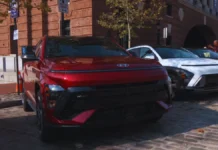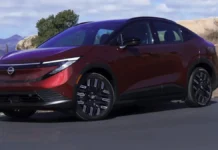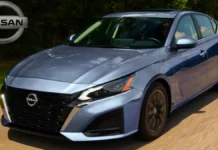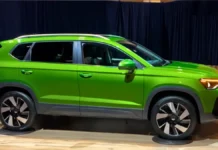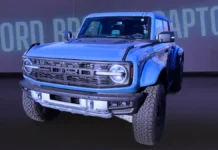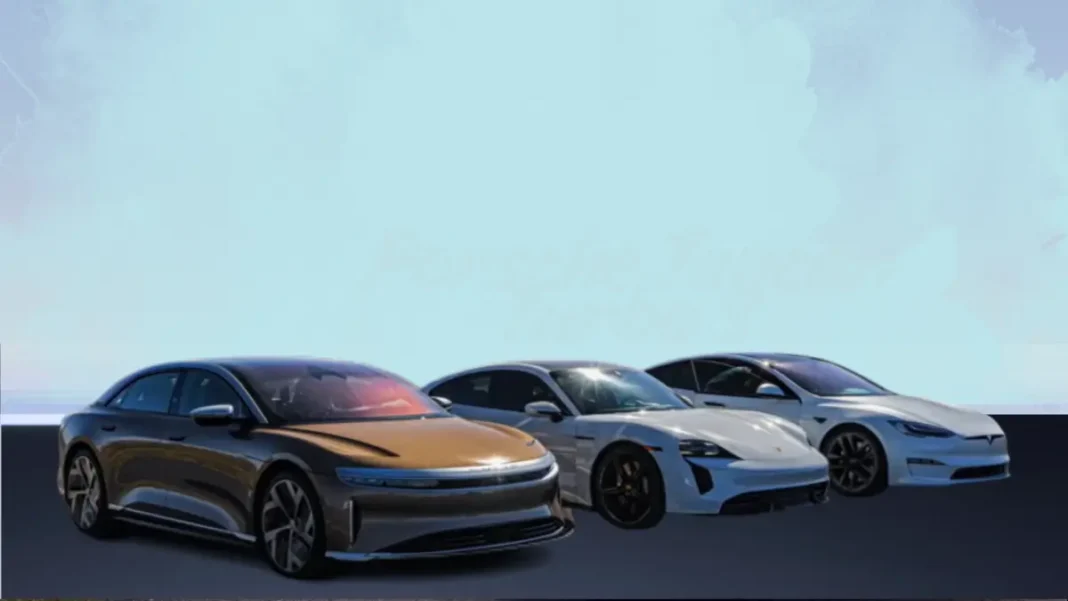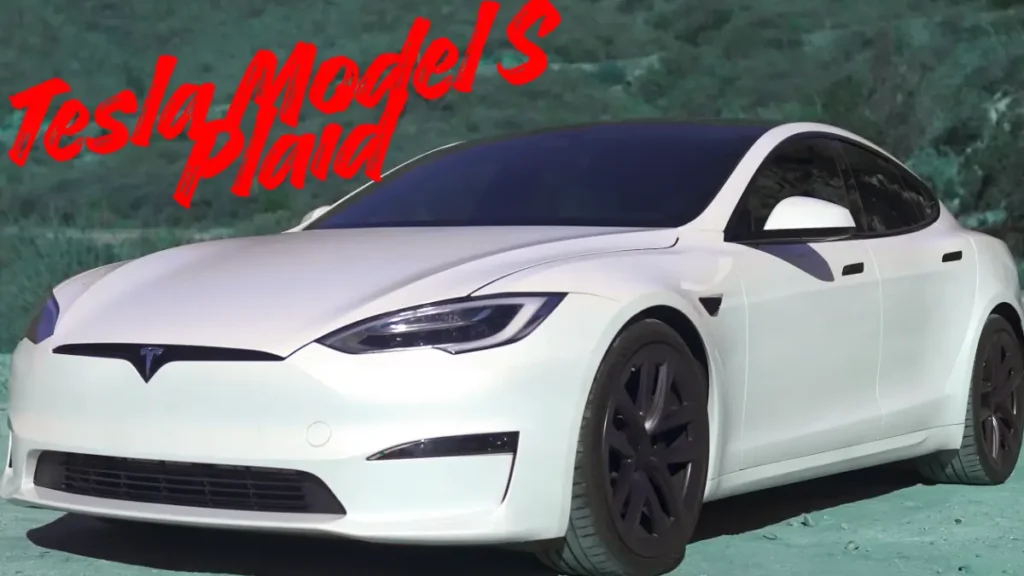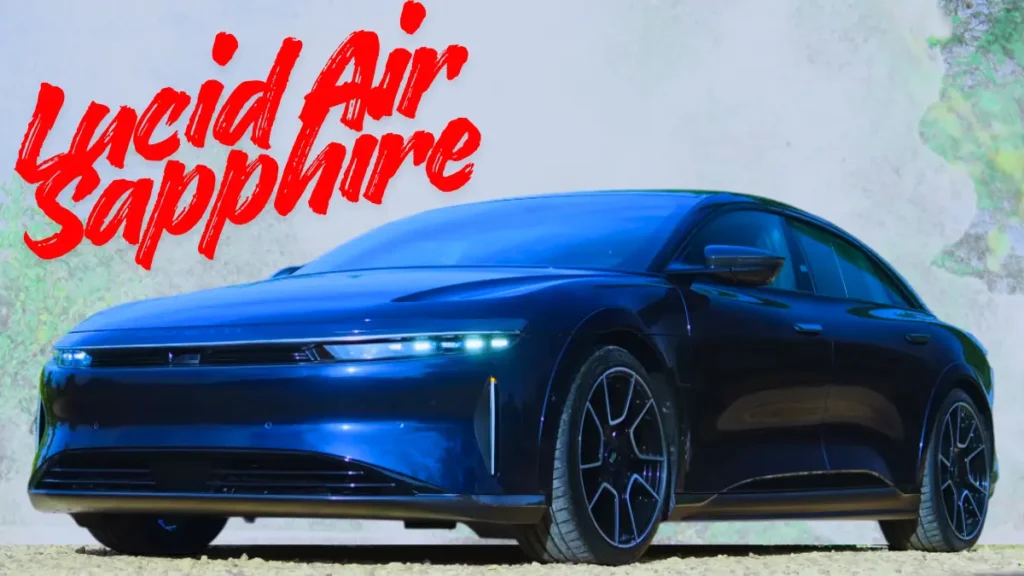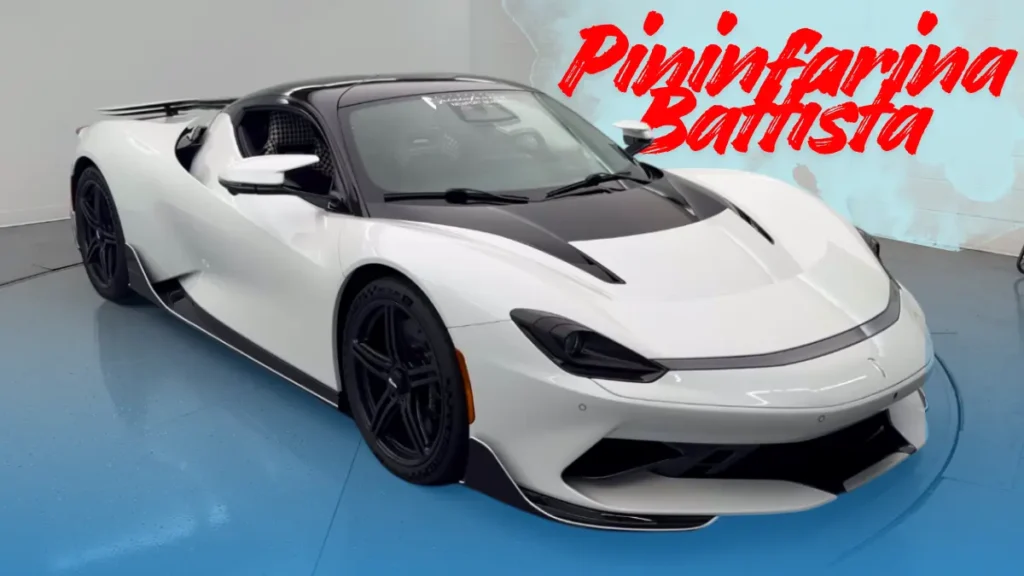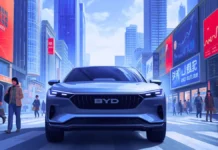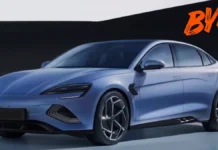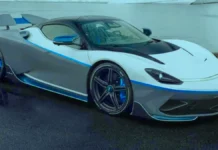Contents
- Overview
- How we judge “fastest”
- Top contenders in 2025
- What makes EVs so fast?
- Performance trade-offs and limits
- Real-world numbers to look for
- Comparing the headline contenders
- Safety, legality and practical considerations
- Buying vs. bragging rights
- Future tech to watch
- Quick FAQ About Fastest Electric Car in the World
- Final Thought
Overview
If you’ve ever wondered which car holds the title of the fastest electric car in the world, you’re not alone. Electric vehicles (EVs) have moved beyond efficient commuters — they’re now serious performance machines that rival, and sometimes outpace, traditional supercars. In this article we’ll break down the top contenders for the fastest electric car in the world in 2025, explain what makes them so quick, compare real-world performance figures, and help you understand which EVs are fastest in a straight line versus overall performance.
How we judge “fastest”
“Fastest” can mean different things: top speed, 0–60 mph (0–100 km/h) acceleration, or quarter-mile time. For clarity:
- Top speed: the maximum velocity a car can achieve under ideal conditions. Legal and safety limits often mean manufacturers don’t test or publicize higher figures.
- Acceleration (0–60 mph / 0–100 km/h): how quickly a car reaches a set speed from rest — a good measure of real-world thrill.
- Quarter-mile: a standardized sprint used in drag racing; useful for comparing straight-line performance.
When reading manufacturers’ claims, remember that real-world tests, track conditions, tires, and driver skill affect results. Below are the leading EVs that repeatedly appear in top-speed and acceleration conversations.
Top contenders in 2025
Rimac Nevera
The Rimac Nevera is an electric hypercar designed specifically to push performance boundaries. Built by Croatian firm Rimac Automobili, the Nevera uses four electric motors and an advanced battery and cooling system to produce staggering horsepower and instantaneous torque. It’s focused on both blistering acceleration and high top speed, and it has set multiple performance benchmarks in independent tests.
Tesla Model S Plaid
Tesla’s Model S Plaid made headlines for combining sedan practicality with supercar acceleration. Thanks to a tri-motor setup and optimized traction control, the Plaid is famous for jaw-dropping 0–60 mph times and strong quarter-mile showings. While its top speed is impressive for a four-door car, the Plaid’s specialty is rapid launches, making it a favorite for drag-strip comparisons.
Lucid Air Sapphire / Lucid Air variants
The Lucid Air combines efficiency and luxury with a powertrain capable of astonishing power and rapid acceleration. Its blend of high top speed and long battery range makes it an attractive contender for drivers who want both speed and usability.
Pininfarina Battista and Lotus Evija
These boutique electric hypercars emphasize performance and exclusivity. Pininfarina’s Battista and Lotus’s Evija boast extreme power outputs and aerodynamic builds designed to maximize top speed and handling. Limited production numbers and handcrafted components make them as much works of automotive art as performance machines.
Porsche Taycan Turbo S and other performance EVs
While not topping absolute top-speed charts, the Porsche Taycan Turbo S and similarly tuned EVs are known for exceptional traction and consistent high-speed performance over repeated runs — especially on racetracks. Their engineering focuses on delivering predictable, repeatable performance rather than headline-grabbing top-speed claims.
What makes EVs so fast?
Electric cars have a few innate advantages that let them compete with — and sometimes beat — gas-powered supercars:
- Instant torque: Electric motors deliver peak torque from zero rpm, so acceleration off the line is explosive.
- Power-to-weight improvements: While batteries add weight, clever packaging and lightweight materials help improve power-to-weight ratios in high-performance EVs.
- Simpler drivetrains: Fewer moving parts and single-speed gearboxes reduce power losses and let EVs deliver power more directly to the wheels.
- Advanced traction control: Rapid torque vectoring and sophisticated electronic controls help keep traction during hard launches, translating raw power into measurable acceleration.
Performance trade-offs and limits
Batteries are heavy, and sustained high-speed runs heat components quickly. That’s why some EVs shine at short sprints (0–60) but face challenges sustaining top speed for long periods. Manufacturers use advanced battery cooling, robust thermal management, and software limits to protect components, but real-world top-speed runs are still constrained by heat, aerodynamics, and tire limitations.
Real-world numbers to look for
When comparing contenders, focus on verified numbers:
- 0–60 mph / 0–100 km/h: a repeatable test that highlights launch capabilities.
- Quarter-mile: measures straight-line acceleration and gear/setup effectiveness.
- Top speed: best taken from independent tests or manufacturer-verified runs.
- Power output (kW / hp) and torque (Nm): shows the car’s raw potential.
- Weight and power-to-weight ratio: crucial for understanding acceleration beyond peak power.
Comparing the headline contenders
Here’s a quick, human-friendly way to think about the leading EVs:
- Rimac Nevera — Designed for outright performance with multi-motor torque vectoring, blistering acceleration and a top-speed focus.
- Tesla Model S Plaid — The practical option with supercar-chopping acceleration in a four-door package.
- Lucid Air (high-performance versions) — A premium approach that balances high speed and long-range usability.
- Pininfarina Battista / Lotus Evija — Ultra-limited, hypercar-level performance with bespoke engineering and extreme top-speed aims.
- Porsche Taycan Turbo S — Track-ready consistency and excellent handling; strong in repeated high-speed runs.
Safety, legality and practical considerations
Top speed sounds thrilling, but it’s rarely practical or legal on public roads. Many highways have set limits that make sustained high-speed runs illegal and dangerous. Consider:
- Tires: High-speed runs require special tires rated for top speeds; regular tires can fail at extreme velocities.
- Braking and cooling: High speeds create heat that stresses brakes and batteries — both need to be engineered for performance.
- Driver skill and environment: Professional drivers, closed tracks, and controlled conditions are essential for safe, repeatable top-speed testing.
Buying vs. bragging rights
If you’re shopping for the fastest EV for real-world driving:
- For daily usability with mind-bending acceleration, a Model S Plaid or Lucid Air performance model might be ideal.
- For track enthusiasts or collectors, limited hybrids like the Rimac Nevera or Pininfarina Battista give unmatched exclusivity and performance.
- If you prioritize long-distance usability with strong acceleration, Lucid’s focus on range plus speed may be the best fit.
Future tech to watch
Several technologies will push EV speed higher:
- Solid-state batteries: Lighter, more energy-dense packs could improve power-to-weight ratios and enable higher sustained outputs.
- Better cooling and thermal management: Allowing sustained high speeds without performance fade.
- Motor and inverter efficiency: More compact, powerful motors and smarter inverters improve responsiveness and top-end power.
- Advanced aerodynamics and active aero: Reduce drag at high speeds, increasing top-speed potential.
Quick FAQ About Fastest Electric Car in the World
Q: Which electric car is the fastest in 2025?
A: Several contenders claim top titles depending on the metric. Rimac Nevera and certain limited-run hypercars frequently top lists for acceleration and top speed; Tesla Model S Plaid is a top-performing production sedan. Always verify the specific metric (top speed vs 0–60).
Q: Are electric cars faster than gas cars?
A: In acceleration (0–60), many EVs match or exceed gas supercars due to instant torque. For sustained top speed, high-end gas cars still compete, but EVs are rapidly closing the gap.
Q: Can I safely drive these speeds on public roads?
A: No. High speeds are unsafe and often illegal on public roads. Professional drivers and closed tracks are the only appropriate places for high-speed testing.
Post You May Find Useful:
- 2025 Lotus Emira 2.0T Review
- Hypercare in Automotive
- The Best Hypercars
- Lamborghini Revuelto
- 2025 Porsche 911 Carrera
- New Aston Martin Vantage.
- Assembling the LEGO® Bugatti Bolide
Final Thought
The race for the title of fastest electric car in the world is exciting and evolving. By 2025, manufacturers have shown that electric power can deliver not only efficiency and sustainability but also heart-stopping performance. Whether you care most about the highest top speed, the quickest 0–60 dash, or a practical car that’s still outrageously fast, there’s an EV on the market that fits the bill. Use verified test numbers, consider real-world usability, and remember — speed is thrilling, but safety comes first.


